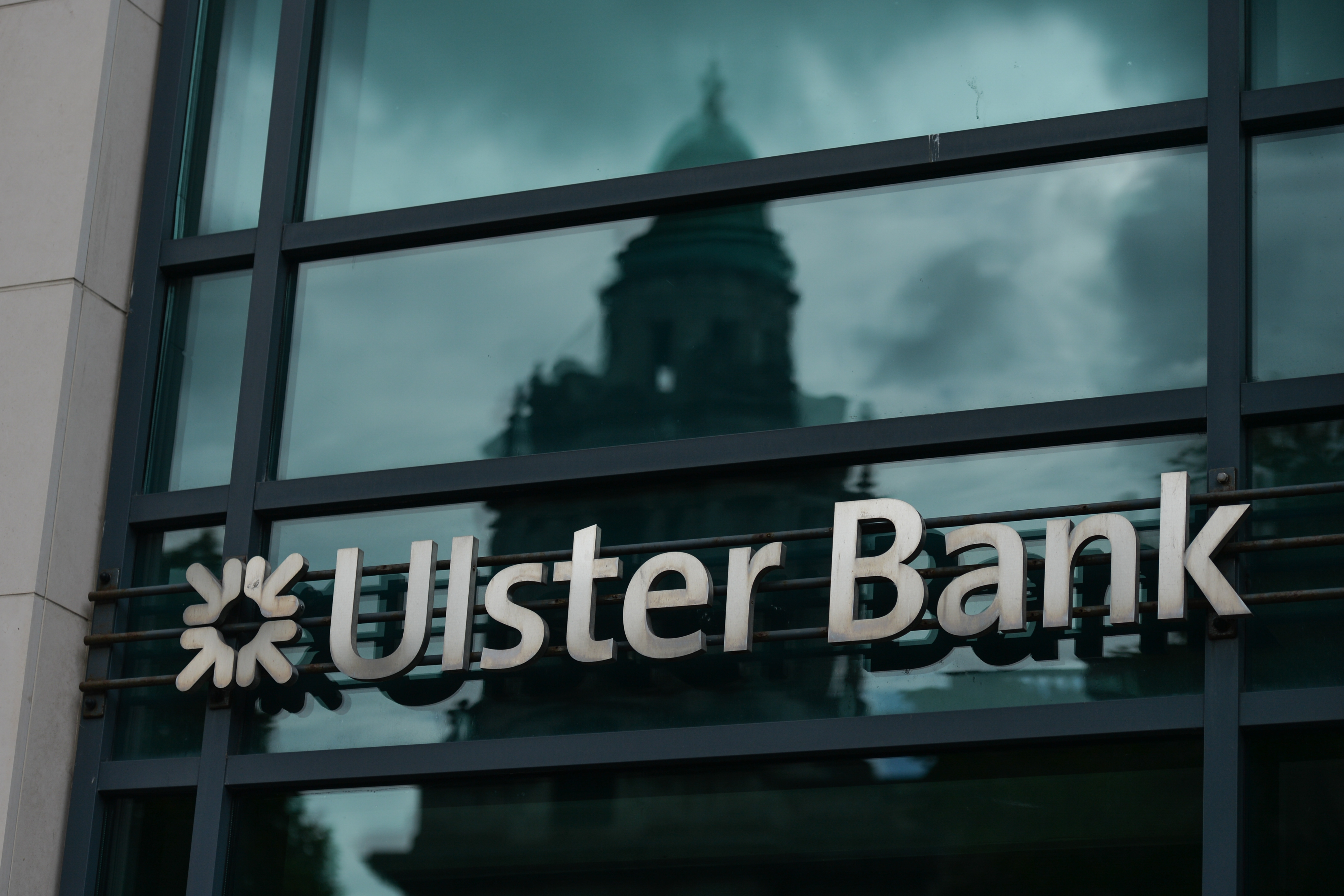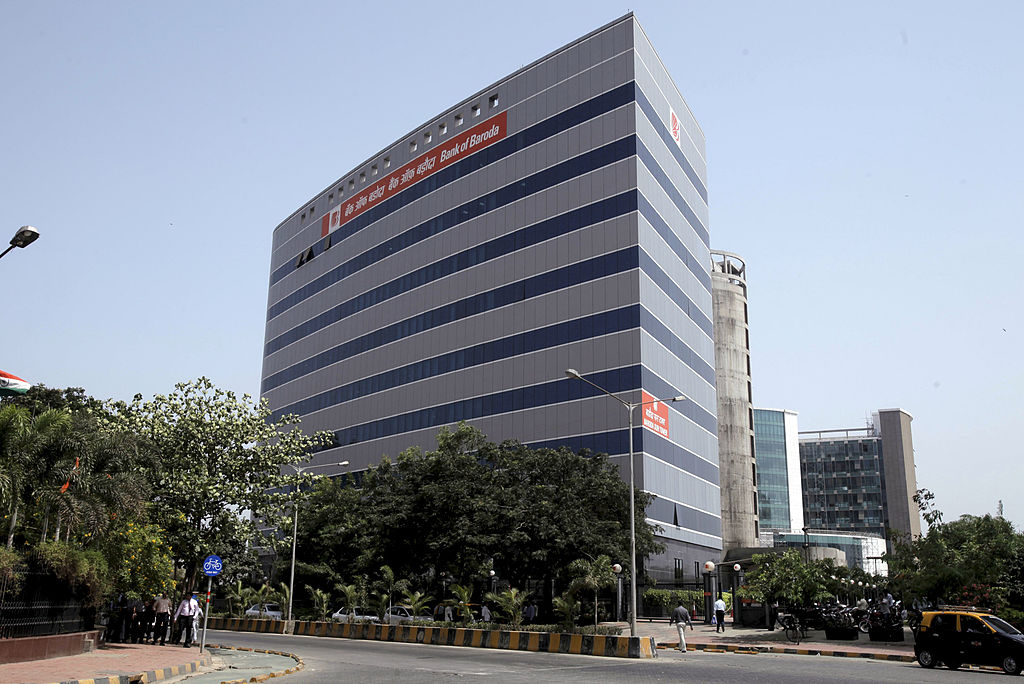Is the state pension triple lock doomed to fail?
The state pension triple lock guarantees an increase in the state pension every year, but this assumes government income grows every year as well, which it doesn't. This is leading to problems.


The state pension triple lock was designed with good intentions (and to win votes), but it is becoming increasingly unsustainable in the real world.
There has been much political debate over the future of the triple lock, and this week chancellor Jeremy Hunt seemed to indicate in a Q&A at the Tory party conference that it would remain.
Introduced by the Conservative-Liberal Democrat coalition government in 2010, the triple lock ensures the state pension rises each year in line with whichever is higher, 2.5%, average wage growth or inflation.
MoneyWeek
Subscribe to MoneyWeek today and get your first six magazine issues absolutely FREE

Sign up to Money Morning
Don't miss the latest investment and personal finances news, market analysis, plus money-saving tips with our free twice-daily newsletter
Don't miss the latest investment and personal finances news, market analysis, plus money-saving tips with our free twice-daily newsletter
It was born out of frustration with the previous pension system, which uprated state pensions with inflation every year.
While that might not seem too bad with inflation sitting in the mid-single-digits today, prior to 2010 inflation rarely exceeded 2%. In 1999, with inflation at 1.1%, the then chancellor Gordon Brown faced huge pressure to help pensioners when the rules mean he’d only increase the state pension by a miserly 75p. At the time, wages were growing at 4.6%.
It wasn’t always this way. Before 1980 pensions increased annually with average earnings. So the triple lock is a bit of a fudge of both systems with a failsafe 2.5% rate to fall back on if wages are shrinking and the economy is struggling with deflation.
The logic behind the state pension triple lock
In theory, this sounds like a good idea. In stable economic conditions, where inflation sits at or close to the Bank of England’s (BoE) target of 2%, and wages grow in line with inflation, the government will have a fairly good idea of what it’ll be on the hook for year after year.
And that’s just what happened between April 2010 and April 2020. In this period of low inflation and low wage growth, the basic state pension, payable to individuals who reached state pension age before 6 April 2016, rose from £97.65 a week to £134.25, a compound annual growth rate of 3.2%.
However, as any student of economic history will tell you, economies generally go through cycles of growth, stability, and decline. Inflation rises and falls, wages go up and down and the government will have other spending priorities.
We’re seeing the downfalls of this well-intentioned but short-sighted policy play out right now.
In 2020, the government locked down the economy, leading to huge disruption. Millions lost their jobs and millions of workers saw their incomes collapse, but, under the terms of the triple lock, pensioners received a 2.5% income boost.
When the economy reopened, wages bounced back, rising 8.8% between April and June 2021, according to the Office for National Statistics (ONS).
Under the rules of the state pension triple lock, this should have meant pensioners received an 8% increase in their income, costing the government £3bn.
However, the government stepped in to cap the rise at 3.1%, arguing the pandemic disruption caused an artificial boost in wages.
This logic didn’t persist in 2022. In September, the government confirmed it would be increasing the state pension by 10.1% from April 2023, in line with CPI inflation.
And pensioners are in line for another bumper hike next year. The latest figures from the ONS show average weekly pay between May and January, the figure used to set the earnings figure of the triple lock, had risen 8.5%. As the higher of the three relevant numbers (July’s inflation figure was 6.8%), this figure will be used to set the state pension next April.
The state pension obligation gets bigger
While there’s a good argument to be made that pensioners should receive an uplift in income every year linked to growth in the rest of the economy, it’s difficult to argue that they deserve a bigger slice of the pie (and the government’s limited resources) every year.
According to the BBC, when it was first introduced, the triple lock was estimated to have a long-term cost of £450m a year. That’s an extra £450m the government would have to find to fund the obligation. But in recent years the rate of growth, coupled with a rising and ageing population, mean the cost has spiralled.
The House of Commons library shows the triple lock cost the government £5.6bn more than if it had been linked to average earnings rather than inflation. Meanwhile, calculations from the investing platform Interactive Investor show the cost could hit £9bn in the 2024-25 tax year.
This means within two years, the cost of the state pension could exceed spending on education, policing, and defence combined.
The Institute of Fiscal Studies (IFS) has crunched the numbers going out to 2050 and it reckons the triple lock could cost as much as £45bn a year extra (in today’s money) by 2050.
These extra costs would be sustainable if the country could afford them, but it can’t. The UK is spending much more than it can afford. This year alone, the country is projected to borrow in the region of £131.6bn, according to the ONS. This comes with a cost. Britain will spend 10.4% of total government revenue servicing its debts in 2023 according to projections, that’s roughly £110bn according to rating agency Fitch.
Put simply, the UK’s finances are stretched and something’s going to have to give. Taxes are expected to reach a post-war high of 37.7% of GDP in 2027-28 and are likely to rise further. Other departments such as health, defence and education are also fighting for spending.
Taxing workers more to fund retirees only makes sense up to a point. When the young are struggling, the political will to maintain this benefit is going to start drifting away.
Get the latest financial news, insights and expert analysis from our award-winning MoneyWeek team, to help you understand what really matters when it comes to your finances.

Rupert is the former deputy digital editor of MoneyWeek. He's an active investor and has always been fascinated by the world of business and investing. His style has been heavily influenced by US investors Warren Buffett and Philip Carret. He is always looking for high-quality growth opportunities trading at a reasonable price, preferring cash generative businesses with strong balance sheets over blue-sky growth stocks.
Rupert has written for many UK and international publications including the Motley Fool, Gurufocus and ValueWalk, aimed at a range of readers; from the first timers to experienced high-net-worth individuals. Rupert has also founded and managed several businesses, including the New York-based hedge fund newsletter, Hidden Value Stocks. He has written over 20 ebooks and appeared as an expert commentator on the BBC World Service.
-
 Investors will reap long-term rewards from UK equities
Investors will reap long-term rewards from UK equitiesOpinion Nick Train, portfolio manager, Finsbury Growth & Income Trust, highlights three UK equities where he’d put his money
-
 The graphene revolution is progressing slowly but surely
The graphene revolution is progressing slowly but surelyEnthusiasts thought the discovery that graphene, a form of carbon, could be extracted from graphite would change the world. They might've been early, not wrong.
-
 Act now to bag NatWest-owned Ulster Bank's 5.2% easy access savings account
Act now to bag NatWest-owned Ulster Bank's 5.2% easy access savings accountUlster Bank is offering savers the chance to earn 5.2% on their cash savings, but you need to act fast as easy access rates are falling. We have all the details
-
 Moneybox raises market-leading cash ISA to 5%
Moneybox raises market-leading cash ISA to 5%Savings and investing app MoneyBox has boosted the rate on its cash ISA again, hiking it from 4.75% to 5% making it one of top rates. We have all the details.
-
 October NS&I Premium Bonds winners - check now to see what you won
October NS&I Premium Bonds winners - check now to see what you wonNS&I Premium Bonds holders can check now to see if they have won a prize this month. We explain how to check your premium bonds
-
 The best packaged bank accounts
The best packaged bank accountsAdvice Packaged bank accounts can offer great value with useful additional perks – but get it wrong and you could be out of pocket
-
 Bank of Baroda closes doors to UK retail banking
Bank of Baroda closes doors to UK retail bankingAfter almost 70 years of operating in the UK, one of India’s largest bank is shutting up shop in the UK retail banking market. We explain everything you need to know if you have savings or a current account with Bank of Baroda
-
 How to earn cashback on spending
How to earn cashback on spendingFrom credit cards and current accounts to cashback websites, there are plenty of ways to earn cashback on the money you spend
-
 John Lewis mulls buy now, pay later scheme
John Lewis mulls buy now, pay later schemeThe CEO of John Lewis has said the retailer will consider introducing buy now, pay later initiatives for lower-priced items.
-
 State pension triple lock at risk as cost balloons
State pension triple lock at risk as cost balloonsThe cost of the state pension triple lock could be far higher than expected due to record wage growth. Will the government keep the policy in place in 2024?